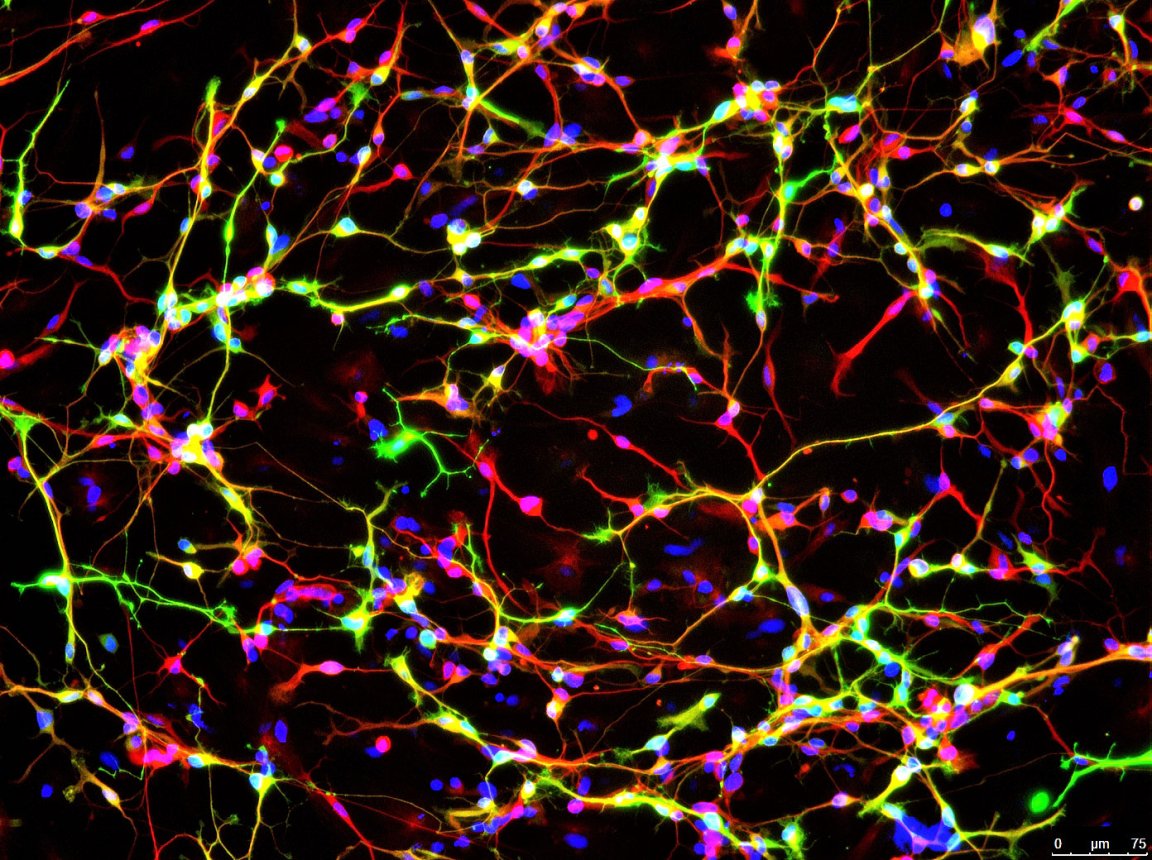
The Gatekeeper
Parkinson’s disease researchers from the Jacobs School of Medicine and Biomedical Sciences at the University of Buffalo have found a way to boost the conversion of skin cells into neurons that produce dopamine. The research was based on the discovery that a transcription factor protein p53 acts as a gatekeeper protein.
he new UB research, published Dec. 7 in an open-access article in Nature Communications,
Jian Feng, senior author and professor in the Department of Physiology and Biophysics at UB, outlined the discovery in the press release, saying, “We found that p53 tries to maintain the status quo in a cell; it guards against changes from one cell type to another. Once we lowered the expression of p53, then things got interesting: We were able to reprogram the [skin cell] fibroblasts into neurons much more easily.”
He notes that such innovations hold promise for similar transformations.
“People like to think that things proceed in a hierarchical way, that we start from a single cell and develop into an adult with about 40 trillion cells, but our results prove that there is no hierarchy,” he continued. “All our cells have the same source code as our first cell; this code is read differently to generate all types of cells that make up the body.”

The Holy Grail
When the genomic gatekeeper p53 is lowered at the right time of cell cycle, the researchers could easily transform skin cells into dopamine neurons with the help of transcription-factor combinations.
Feng says that “Our method is faster and much more efficient than previously developed ones. The best previous method could take two weeks to produce 5 percent dopamine neurons. With ours, we got 60 percent dopamine neurons in ten days.”
This breakthrough marks a major landmark in Parkinson’s disease research as a means of repairing faulty dopamine neurons has long been considered the elusive holy grail in treating the disease.
The advance may also be important for basic cell biology, Feng states. “This is a generic way for us to change cells from one type to another,” he said. “It proves that we can treat the cell as a software system when we remove the barriers to change. If we can identify transcription factor combinations that control which genes are turned on and off, we can change how the genome is being read. We might be able to play with the system more quickly and we might be able to generate tissues similar to those in the body, even brain tissue.”